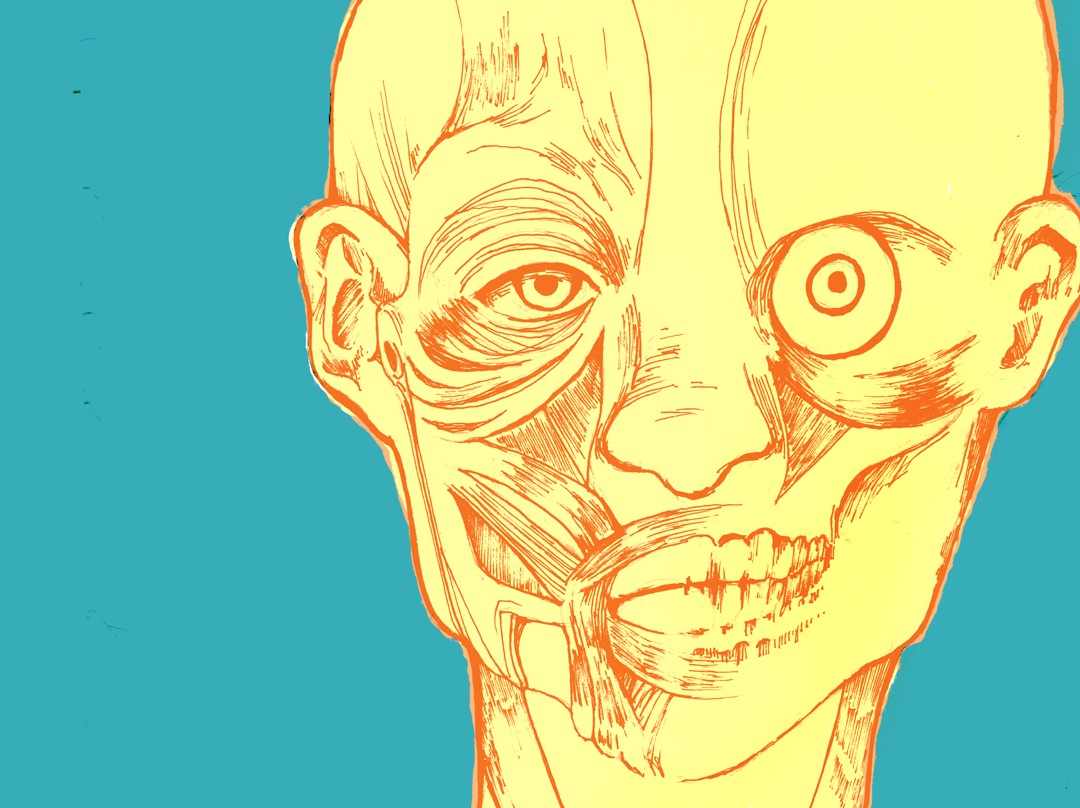Facial expressions are one of the most powerful forces in human non-verbal communication. Almost all of us are capable of recognizing our most universal emotions of happiness, fear, and surprise. In fact, our ability to read faces comes so naturally that we rarely fully appreciate how much is going on beneath the surface of our skin. The different parts of our face stretch, wrinkle, and move in many ways that are often quite subtle and complex. The science behind facial expressions is a fascinating combination of anatomy, behaviour, and neuropsychology, all of which come together to deliver us this powerful communication tool that is so important in our society.
Dilated pupils
Among other instances, pupils dilate when sexually aroused. It’s a reflex, unlike regular or “macro” expressions, so it’s something that can’t be concealed.
Surprise
Surprise is a facial expression very akin to reflex, as it is often the one that we have the least control over. One of the main contributors to the surprised expression is the muscle in the forehead [frontalis], which is responsible for both the raised eyebrows and the furrows that are created as the muscle draws your scalp forward.
Sadness
Sadness is characterized by every part of the face drooping downward. A key player is a muscle called the levator labii superioris, which draws the angles of the mouth downward. This is one of 11 muscles that help operate all of the many forms and shapes your mouth can make.
Fear
Unlike sadness, when one is scared, every part of the face opens up and widens — a reflex with the purpose of preparing the individual to fight or run from the situation. When in fear, the forehead muscle raises your eyebrows and widens your eyes just like when you’re surprised. Fear is characterized around the jaw by the lowering of your lower lip, or platysma, pulling your mouth wide open.
Anger
Pursed lips and squinty eyes are what characterize one of our most easily recognized expressions. The same circular muscle around your eye, orbicularis oculi, that allows you to blink your eyes or wink by closing them causes you to close them partially in a squint as well.
A tiny muscle in your nose called the dilator naris causes your nostrils to flare. Even this subtle component of the expression is rooted in a practical purpose, as widening the nostrils even slightly can still contribute to helping a furious person breathe according to some researchers. Others believe that the flared nostrils merely give one the appearance of being ready to fight — thus intimidating a potential opponent.
Another round muscle around the mouth, orbicularis oris, makes lips close or purse. This muscle may also be referred to as the “kissing muscle” due to its important alternative purpose.
Disgust
Despite being a somewhat subtle emotion, the elements that characterize disgust are surprisingly unique and recognizable. The drawing up of the nose produces the wrinkles and widened nostrils of a clearly repulsed face. This look is a combination of laughing eyes but with the slanted brow that you would get while frowning, caused by the corrugator supercili.
Happiness
Even though scientists are still undecided on its evolutionary origin, the smile is one of the most universally recognized facial expressions we have. The zygomatic major, a muscle that reaches all the way up to the bone right under our eyes, helps pull the corners of our mouths upwards.
Meanwhile, the risorius muscle pulls our lips back to reveal our teeth in a grin. Our squinty circular muscles around the eyes return to close our eyes partially and give us those little crow’s feet around their corners. This effect is increased by the raising of the cheek and upper lip muscles, levetor anguli superioris, which raise the upper lip again to reveal the teeth, and push the cheeks against the bottom of our eyes.
